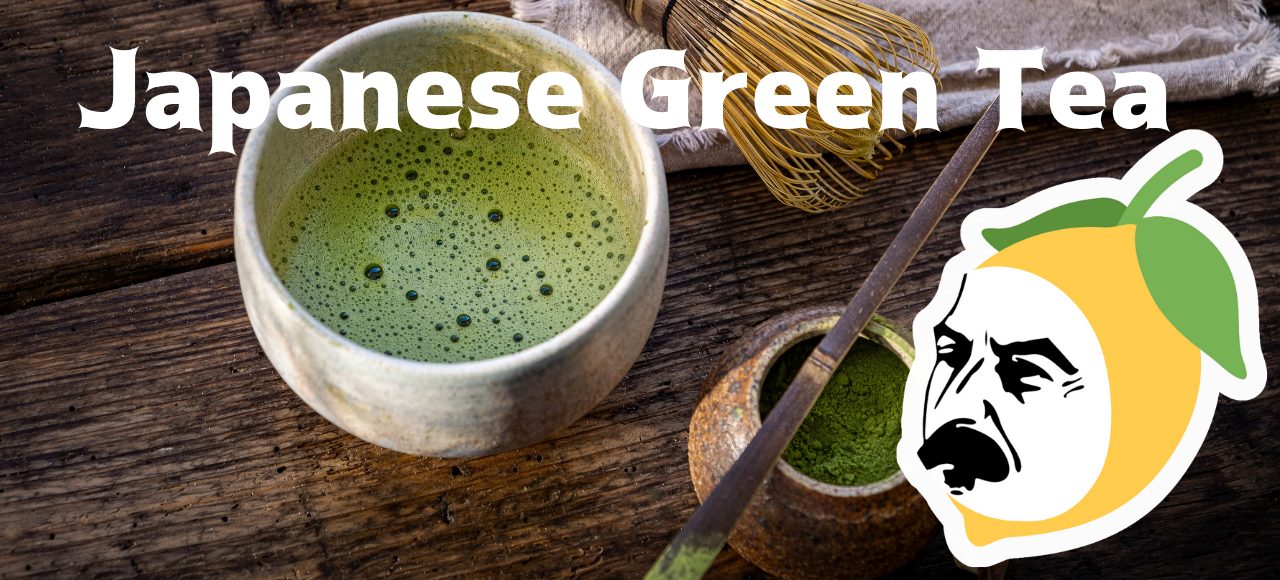Have you ever drank Japanese green tea? It is very popular healthy tea all over the world. Today I will focus on that green tea. Here is green tea production in Japan below. My first guess of the biggest tea producer was Kyoto but Kyoto is actually 5th place (3,000 tons)
1st place Shizuoka prefecture (30,000 tons)
2nd place Kagoshima prefecture (25,000 tons)
3rd place Mie prefecture (6,000 tons)
There are three tea category and “Sencha” (Japanese Green Tea) and “Macha” (Other type of green tea which I explain later) are in green tea category.
★ Black Tea: English Tea, etc. The color of the tea becomes dark because it is fermented in the process.
★ Green Tea: Japanese Green Tea, etc. It does not ferment, so it keeps green
★ White tea: Herbal tea, etc. Basically, dry the leaves and drink as tea
So that the making process of green tea is amazing to extract that beautiful green color from the green leave into tea.
“Sencha” is made of leaves of a plant called “Yabukita”. The tea trees are planted on the slopes of the mountains and are called “Cha-Batake”. Tea trees like sunny sun light and naturally drained for soils, such as slopes. Good quality tea can be made in the mountains because the optimum conditions for tree growth are the south-facing slopes, which have a big temperature difference and are sunny even in winter. Green tea contains caffeine, which has a sleeping-less effect, and catechin, which has a bactericidal effect. So I usually drink coffee in the morning, but after noon I change drinking black tea and green tea. Also It is known as beatuiful conbination with “Japanese Sushi” . This is more easy to explain why than writting so Please try it.
“Sencha” is made by first steaming the picked tea leaves with strong steam and adding heat to gradually remove the water so that you can enjoy the taste by kneading the leaves while drying them. “Matcha” is made by steaming tea leaves, drying them without rubbing them, and carefully grinding them with a handstone. Matcha has a dark green color (attached picture below)
If you want to experiment to make green tea, my recommendation is “Kominka” tea chop in Kita-Kamakura, Kanagawa prefecture. After delicious Japanese sweet cooking lesson, you can enjoy traditional green tea. It is so fun to make it. Please try it!!
Address: 1936 Dai, Kamakura city, Kanagawa prefecture, Japan
Access: 6 mins from Kita-Kamakura station






